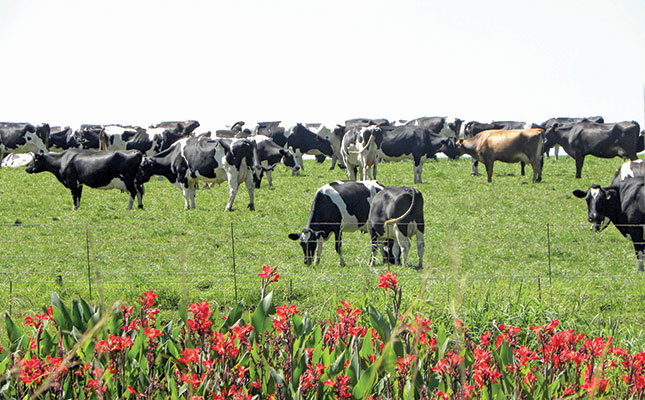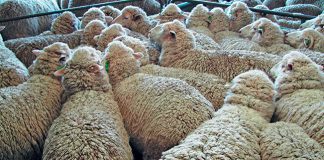
The producer price for milk reached R5,10/ℓ to R5,20/ℓ in December, its highest level since 2014, according to the Milk Producer’s Organisation (MPO).
The MPO’s key market signals report for January 2018 stated that the producer price for milk had been about R4/ℓ in January 2014. After starting to recover, it dropped to just over R4/ℓ again in August 2015.
MPO Economist Dr Koos Coetzee said the importance of the current producer price was its relation to the current feed price.
“The big positive is the fact that feed prices have come down so much,” he said.
Based on a derived feed cost calculation comprising maize and soya bean costs, the cost of these commodities had nearly halved from highs of close to R5 000/t in June 2016.
Prices in December this year were between R2 500/t and R3 000/t, compared with about R4 300/t in December 2015 and December 2016.
READ How to prevent gut problems in your dairy herd
Sundale, a dairy processor near East London that uses on average about three million litres of milk per month, increased the price it paid to producers at least twice last year.
CEO Pierre van Rensburg believed these prices would be sustainable.
He predicted that there could even be a marginal increase in the near future, followed by a plateau in producer prices over the medium term.
Van Rensburg said that his business was upbeat about the general growth in the industry over the past five years, and praised SA producers.
“We have very good farmers around who are at the forefront of dairy technology,” he said.
According to the MPO, milk production for the first 11 months of 2017 was up 2,3% on the previous year, with the year-on-year production increase for November at 8%.
This was due to the more favourable milk:feed ratio, as well as improved climatic conditions.
READ Feeding dairy cows roughage
Coetzee added that they were keeping a close eye on the international picture and how this could affect the local dairy industry. He said that global prices were reacting to concerns over New Zealand’s output due to drought.
According to a report by Agrimoney.com, the Global Dairy Trade (GDT) index rose 4,9% during the online auction on 16 January, the fastest rise since November 2016.
The gains reportedly came on the back of a caution this month by Fonterra, which runs the GDT, of more cuts in volumes sold through the auction due to weather setbacks in New Zealand.
Coetzee said at this stage it seemed that feed prices could remain positive for farmers into 2018.
There was some concern over dry conditions in major maize-planting regions. Although certain aspects remained unpredictable, he was hopeful that surplus maize estimates of more than four million tons would mean that feed prices would remain stable.
Coetzee and Van Rensburg agreed that domestic consumer spending remained under pressure.










